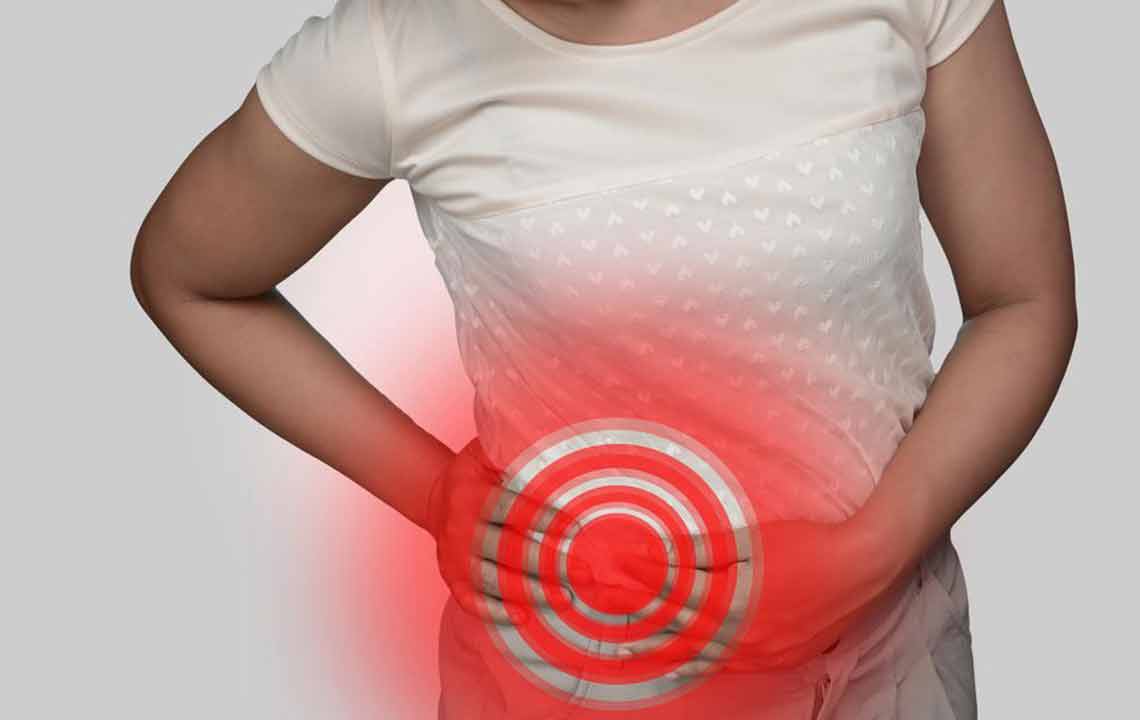Here’S What You Must Know About Reversing A Kidney Disease
Here’s what you must know about reversing a kidney disease
A kidney disease can occur because of a genetic condition, an injury, or an overreaction to certain drugs. People that have diabetes, high blood pressure issues, or a genetic predisposition hold a higher risk of developing a kidney condition. However, with the right medication, early detection of the condition, and good care of oneself, the kidney disease can be reversed.

How to detect a kidney disease early?
- Urine protein test – A urine protein test is one of the tests that can help in detecting a kidney disease early. The test checks for protein levels in the urine, which indicate the presence of a kidney disease. If the filters of a kidney are damaged, protein can leak into the urine. Higher levels of protein in the urine can indicate a problem with the kidney.
- Glomerular filtration rate (GFR) test – Another function of the kidney is to filter the blood. The glomerular filtration rate (GFR) test measures the amount of blood that has been filtered by the kidney. If the GFR is at 60 or higher the kidney is functioning well. A rate below 60 can indicate a kidney disease. The GFR cannot be increased but there are measures that can prevent it from dropping further.
How can early detection help in reversing a kidney disease?
- Extended treatment time – The quicker a medical condition is detected, higher are the chances of reversing or treating the condition. A kidney disease, in particular, has a very high possibility of being reversed among others. The early detection can help by giving the doctors more time to reverse a kidney disease.
- Early stages – An early detection directly means that the disease has been diagnosed at the early stage. This not only gives the doctors more time but also gives them scope for trial and error. If a certain technique is not successful, there is always an option to switch to another technique.
- Treatment techniques – There are certain treatment techniques for a kidney disease that are ideal for the early stages of the medical condition. Detecting the condition early can help by allowing the use of these techniques and increase the chances of reversing the kidney disease.
What are the early symptoms of a kidney disease?
- Urination – The urination goes through major changes during the build-up of a kidney disease. The urination might increase or decrease, urine might have blood, an urgency to urinate might increase, foamy urine, and pain while urinating are some of the early symptoms associated with a kidney disease.
- Swelling and fatigue – A kidney disease can result in an altered production of the erythropoietin hormone. This can result in increased fatigue in the body. It can also lead to swelling on the face, the arms, and the legs.
Which are the different stages of a chronic kidney disease?
- Stage 1 – This is the primary stage and it does not show massive abnormalities in the urine or the blood. The GFR at this stage is around 90, which is considered to be safe by most doctors. However, the minimal abnormalities in the urine and blood can give the doctors an idea of the development of the condition.
- Stage 2 – The GFR is between 60 and 89 at this stage, which is still close to normal and denotes the early stages of a kidney disease. The doctor might ask patients to start mild medication to help curb the abnormalities.
- Stage 3 – Anemia and bone problems might occur in this stage of a kidney disease, as the GFR drops between 30 and 59.
- Stage 4 – Multiple complications associated with a chronic kidney disease can be observed at this stage. The GFR witnesses a significant drop and is between 15 and 29. Hemodialysis, peritoneal dialysis, or kidney transplantation begin at this stage.
- Stage 5 – The GFR is below 15 at this stage and there is a high chance of kidney failure. Dialysis or a kidney transplant becomes mandatory at this stage.
In addition to undergoing treatment, one can make their meal plan more kidney-friendly. Nutrient-rich meals containing low amounts of sodium, phosphorous, and potassium can lower the risk of kidney damage. Food that can help with kidney disease management are cauliflower, cabbage, red grapes, blueberries, garlic, bell peppers, onion, radish, eggplant, turnip, and buckwheat.




